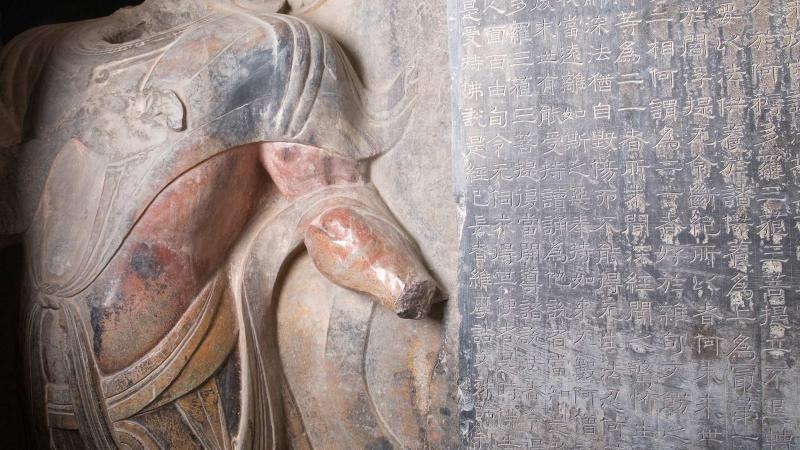This drama includes a censor-happy government, a butchered musical score, and a vanished opera that reappears almost 150 years later.
In its intrigue, the story of the making of Giuseppe Verdi’s Stiffelio rivals that of the opera itself, which tells of a clergyman driven apart from his wife by her infidelity.
The 1850 opera had its debut in Trieste, Italy, where censorship was meted out by Austro-Hungarian authorities. With a Protestant minister at its center, Stiffelio was particularly suspect. “There aren’t so many operas in which religion functions so prominently as in Stiffelio,” says Kathleen Kuzmick Hansell, editor of the critical edition of the opera. NEH has provided $1,199,915 in grants for the research and production of the University of Chicago Press’s Verdi editions since 1981. Thirteen operas out of 31 planned have been published so far. What’s more, in Stiffelio’s last act, the minister boldly lets his unfaithful wife off the hook by invoking the Bible.
“Verdi was always very concise,” Hansell says. “He didn’t drag things out. So, forgiven. The end. And they all thank God, and she is forgiven.”
For the opera’s premiere, though, the libretto was modified to diminish its shock value, and when the work was performed elsewhere, unauthorized changes proliferated. “For the version that was performed in Rome, maybe a half-year later or so, some of the music was changed, too,” Hansell says.
By 1856, Verdi was sufficiently fed up to no longer permit Stiffelio to be staged. Confident in the quality of his music, he repurposed a copious amount of it for use in Aroldo, which premiered in 1857. The portions of Stiffelio that did not make their way into Aroldo disappeared.
Might they be in Villa Verdi, where the composer’s heirs made their home? Alas, scholars were largely shut out of the villa. “There was a photo in a book on Verdi . . . that showed a glass-fronted case, which supposedly had his manuscript scores, but nobody really knew,” Hansell says. “They weren’t allowed to see it.”
That changed in 1992, when the Metropolitan Opera and the Royal Opera House at Covent Garden put performances of Stiffelio on the schedule. Thanks to the efforts of the director of Parma’s Istituto nazionale di studi verdiani, Pierluigi Petrobelli—and the longtime director of the Verdi critical edition, Philip Gossett—Verdi’s great-grandson, Alberto Carrara Verdi, presented the scholars with a briefcase. Its contents, taken from the villa, were photocopied at the institute. “They contained not only almost all of the material from the full score of Stiffelio that had been withdrawn by Verdi . . . but they also contained his sketches for Stiffelio and four fascicles of sketches for Aroldo,” Hansell says.
Availing themselves of the photocopies (and other materials), the Met unveiled a newly restored Stiffelio in 1993. The titular role went to Plácido Domingo, and the conductor was James Levine. “He loved it,” Hansell says of Levine, “and he became a subscriber to the Verdi edition.”
Yet Stiffelio was not made part of the Verdi edition for the remainder of the decade. The delay? Hansell had to look at the autograph score for herself, rather than rely on photocopies. At last, in September 2000, the daughter of Carrara Verdi permitted Hansell to scrutinize the material, which Hansell did for five days while visiting the institute in Parma. “They were so clean, it looked as though they’d been written yesterday,” Hansell says. “They had been in a cabinet or a trunk or something for about 150 years.”
In 2003, the resulting critical edition—which differed in spots from what Hansell has called the “preliminary” version performed in 1993—came out. “Naturally, after it was published, and James Levine had already become a subscriber, we sent him a copy of the score for further use,” Hansell says.
Written by Peter Tonguette, an arts writer whose work has appeared in the New York Times, Wall Street Journal, Columbus Dispatch, Weekly Standard, and other publications.


